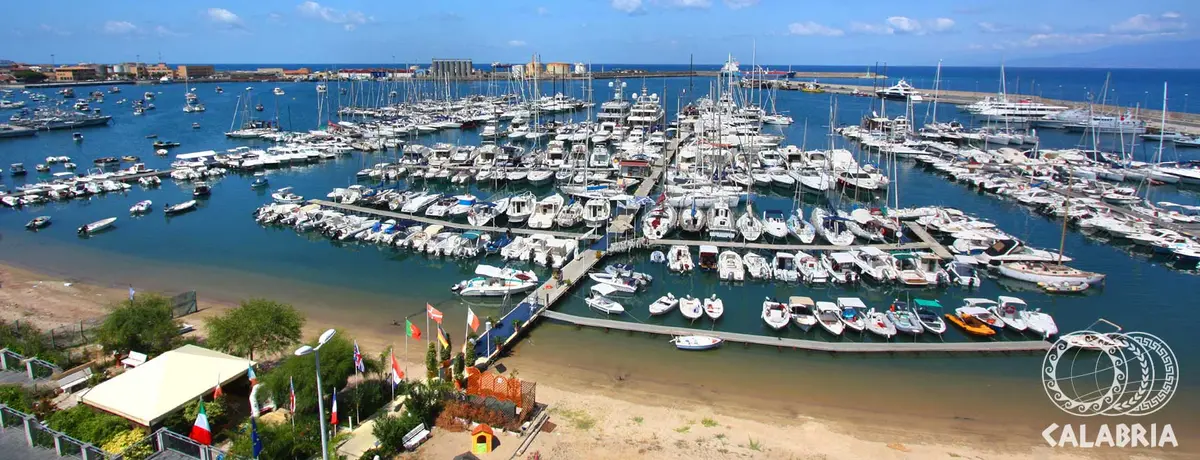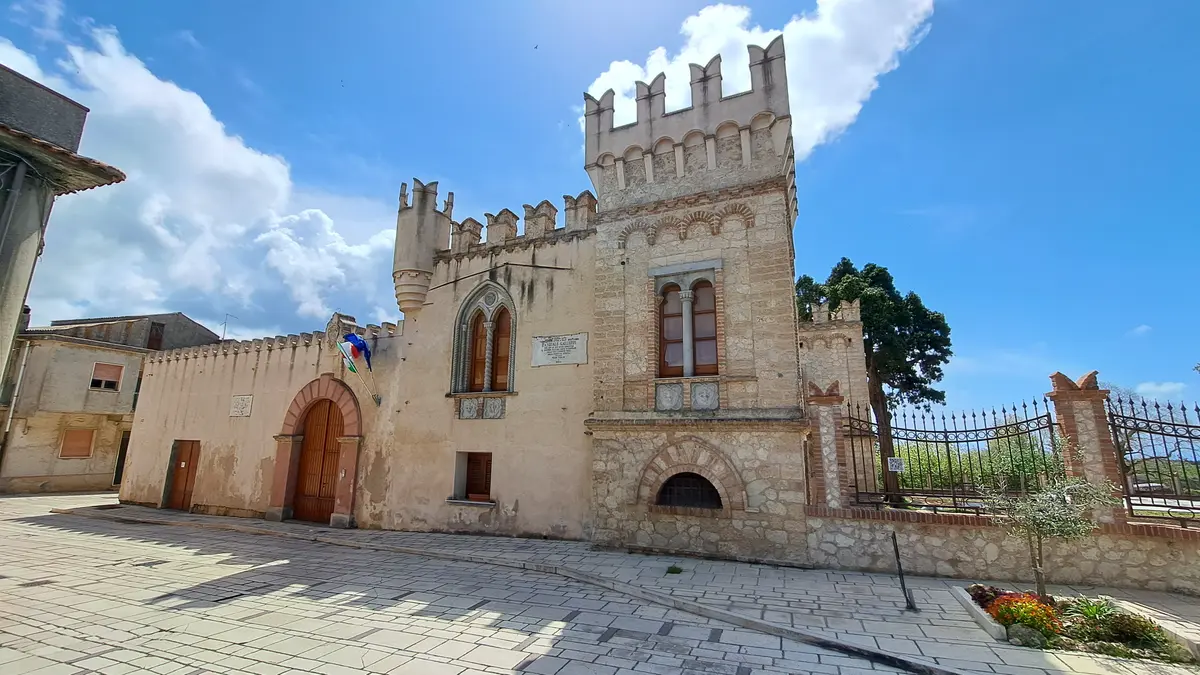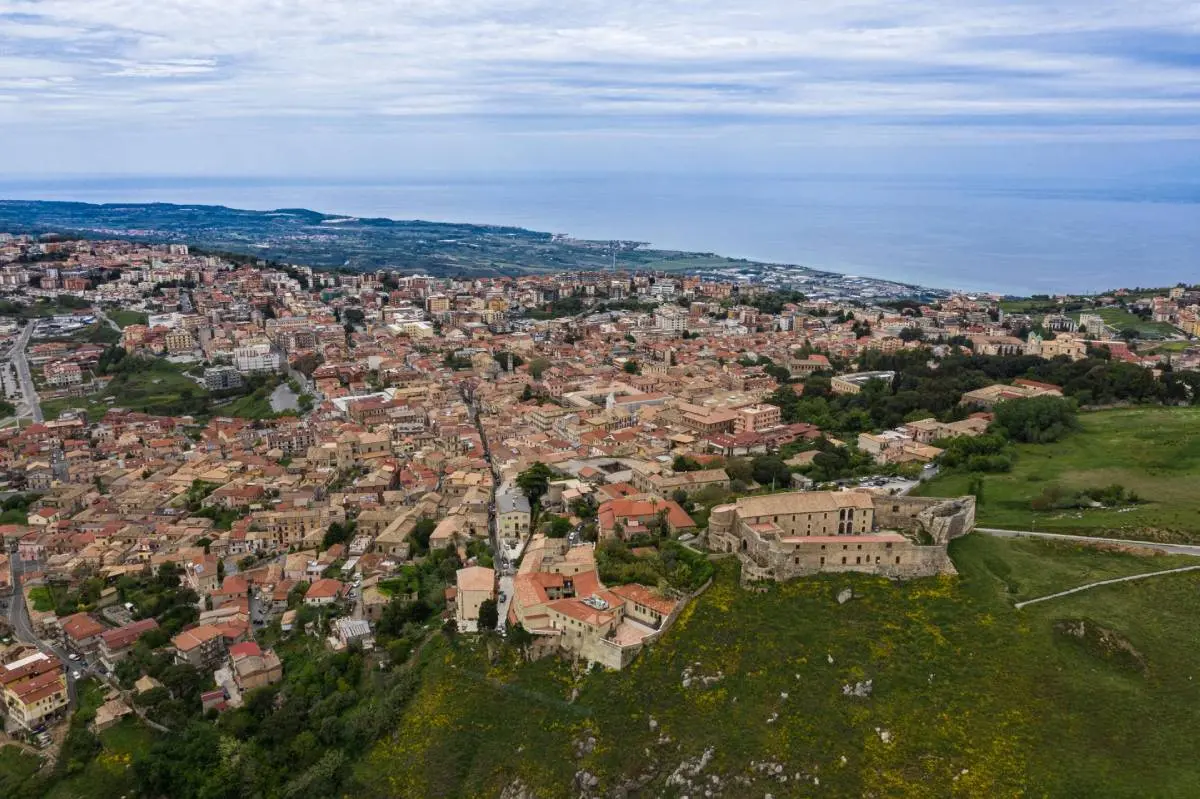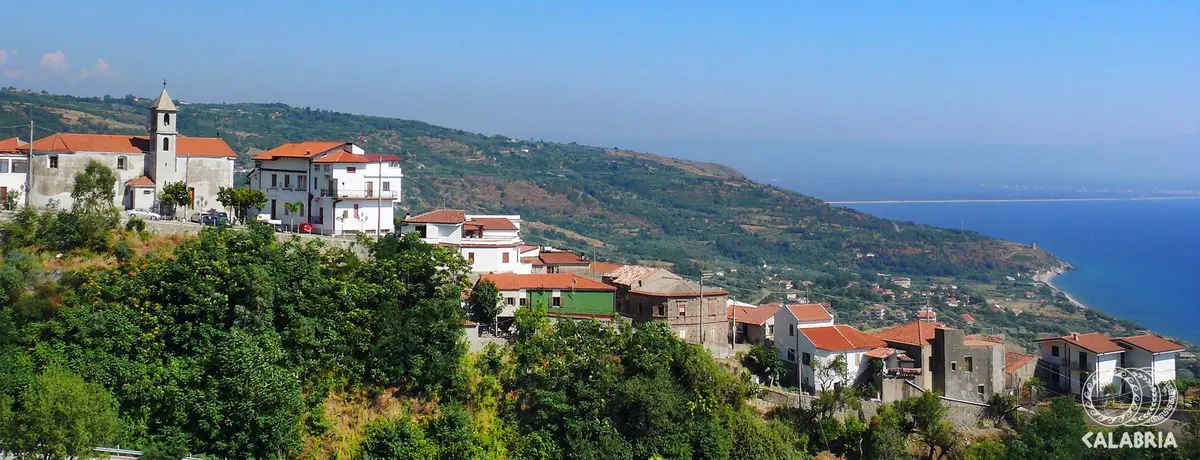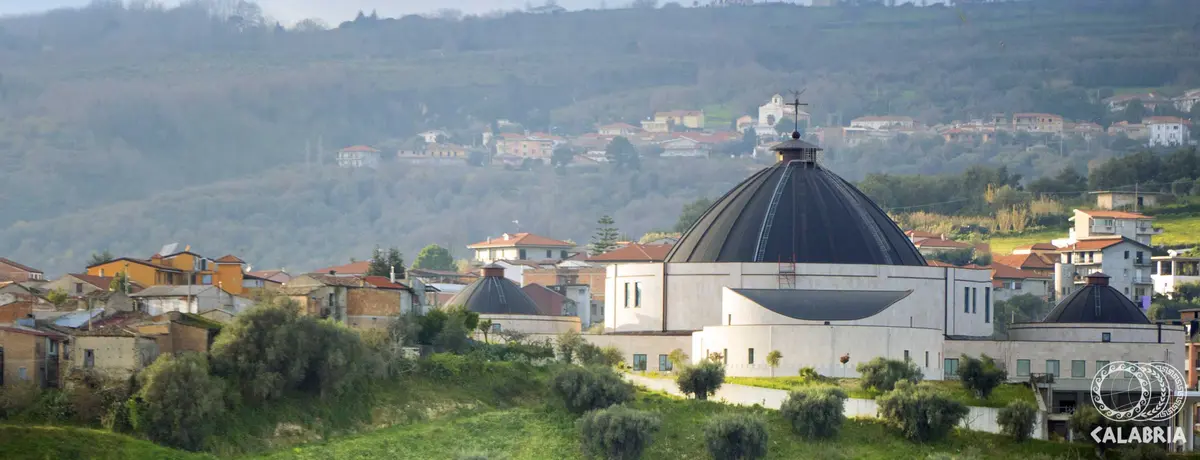Briatico
Briatico, the splendour of the Costa degli Dei

Sea
Briatico - Regione Calabria
A charming seaside resort along the ‘Costa degli Dei’ Regional Marine Park in the province of Vibo Valentia, the town of Briatico is famous for its iconic Rocchetta, one of the Saracen watchtowers preserved along the Tyrrhenian coast.
The pentagonal-shaped Rocchetta di Briatico is the symbol of the beach. Built by the Greeks, rebuilt by the Romans and remodelled in the Middle Ages, the Rocchetta (aka Sant'Irene Tower) thwarted Saracen incursions during the Spanish period. Prehistoric remains and necropolises have been found in its vicinity.
Briatico is a maze of beaches, cliffs and bays, among the most beautiful in Calabria: don't miss the beaches of Trainiti, Baia Safò, the Cocca cliffs and the beaches of San Giuseppe and Sant'Irene.
The ancient medieval town of Briatico Vecchio, destroyed several times by earthquakes, preserves only a few ruins of the numerous churches and convents that characterised it.
When to visit Briatico? In June, the month in which the famous Potenzoni Flower Festival is held, from the hamlet of the same name, which, for a whole week, on the occasion of Corpus Christi is transformed into a large carpet of coloured petals, with master flower arrangers from all over the region.
Useful information
What to know about Briatico
Where to Sleep
There are 10 available accommodations.
Travel Ideas
There are 1 travel ideas.
Infopoint Briatico
Corso Margherita, 129, Briatico
No result

